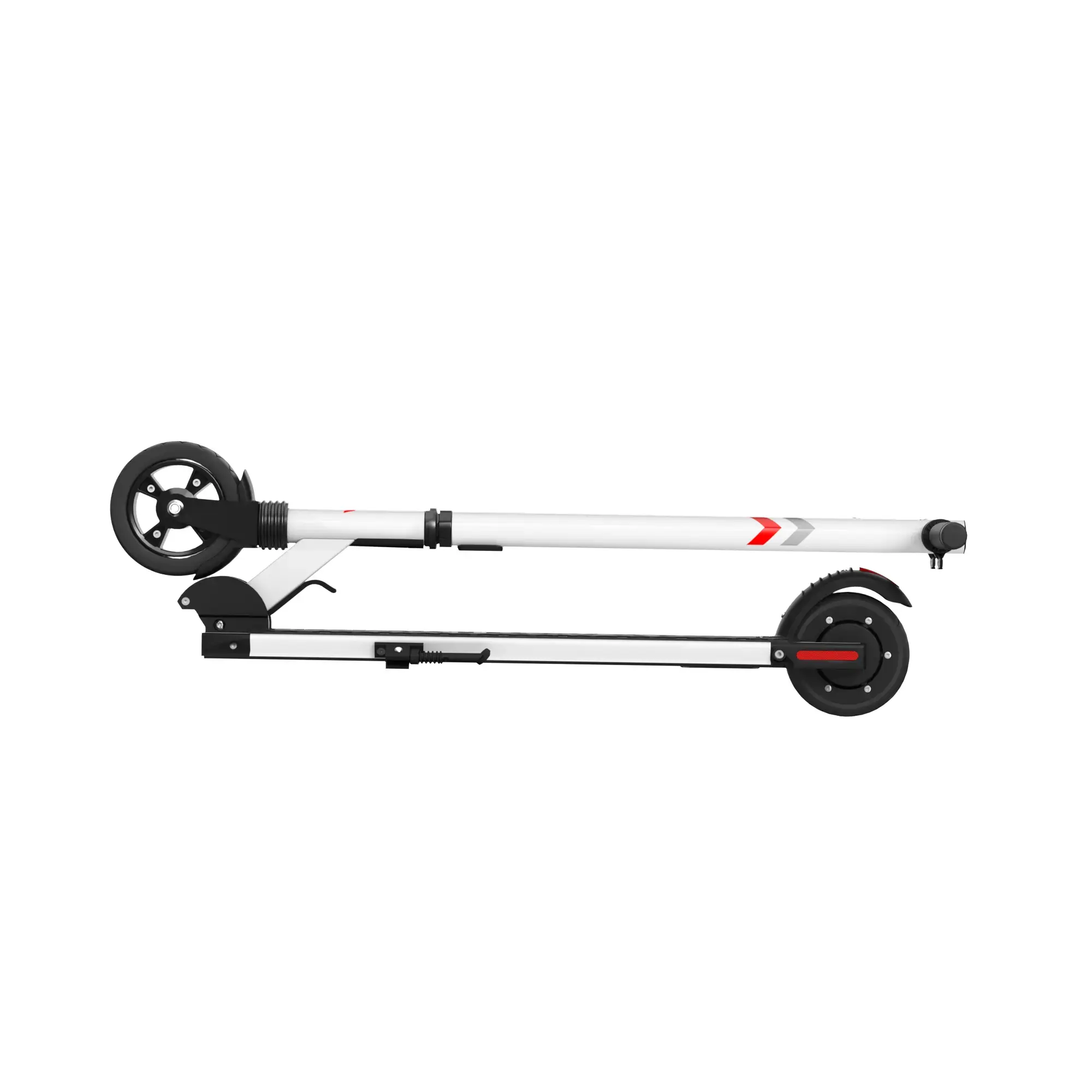How to manage the battery temperature of electric scooters?
How to manage the battery temperature of electric scooters?
Battery temperature management of electric scooters is a key link to ensure battery safety, extend battery life and optimize performance. The following are specific methods and measures for battery temperature management of electric scooters:

1. Temperature monitoring
Install temperature sensors: Install multiple temperature sensors inside the battery pack to monitor the temperature changes of the battery in real time. These sensors can transmit temperature data to the battery management system (BMS).
Real-time data transmission: Transmit temperature data to the user's mobile phone or computer through Bluetooth, Wi-Fi or CAN bus, so that users can check the battery temperature status at any time.
2. Active heat dissipation
Fan heat dissipation: Install a cooling fan on the outside of the battery pack. When the battery temperature exceeds the set value, the fan automatically starts to dissipate heat to the surrounding environment. For example, some electric scooters install small fans on the side or bottom of the battery pack to reduce the battery temperature through air flow.
Heat pipe heat dissipation: Utilize the efficient thermal conductivity of the heat pipe to quickly transfer the heat generated by the battery to the radiator, and then dissipate it into the air through the radiator. Heat pipes are usually made of copper and have good thermal conductivity.
Liquid cooling: A liquid cooling system is set up inside the battery pack to remove heat through the circulation of coolant. The liquid cooling system usually includes coolant, water pump and radiator, which is suitable for high-power and high-heat battery packs.
3. Passive heat dissipation
Thermal conductive materials: Use thermal conductive materials such as thermal conductive silicone pads or thermal conductive gel inside the battery pack to evenly transfer the heat generated by the battery to the battery shell, and then dissipate it into the air through the shell.
Heat sink: Install a heat sink on the battery shell to increase the heat dissipation area and improve the heat dissipation efficiency. The heat sink is usually made of aluminum alloy or copper and has good thermal conductivity.
4. Temperature control strategy
Intelligent temperature control system: The battery temperature is monitored in real time through the BMS. When the temperature exceeds the set value, the heat dissipation device is automatically started; when the temperature is lower than the set value, the heat dissipation device is automatically turned off to ensure that the battery operates within the appropriate operating temperature range.
Temperature balance control: In a battery pack with multiple batteries connected in series or in parallel, the temperature of each battery is balanced through the BMS to avoid local overheating or overcooling and extend the service life of the battery pack.
5. User operation suggestions
Avoid high temperature environment: Try to avoid using electric scooters in high temperature environments, such as riding for a long time under the scorching sun or charging in high temperature environments.
Reasonable charging: Charge in an environment with suitable temperature and avoid charging in low or high temperature environments. When charging, try to keep the battery power between 20% - 80% to avoid overcharging or discharging.
Regular inspection: Regularly check the battery housing and heat dissipation device to ensure that the cooling fan, heat pipe or liquid cooling system is working properly without blockage or damage.
6. Actual case
Spanish startup Ray Electric Motors: Its electric scooters are equipped with a battery management system (BMS) provided by ION Energy, which ensures that the battery operates within an efficient and safe temperature range through an intelligent temperature control system and liquid cooling technology.














